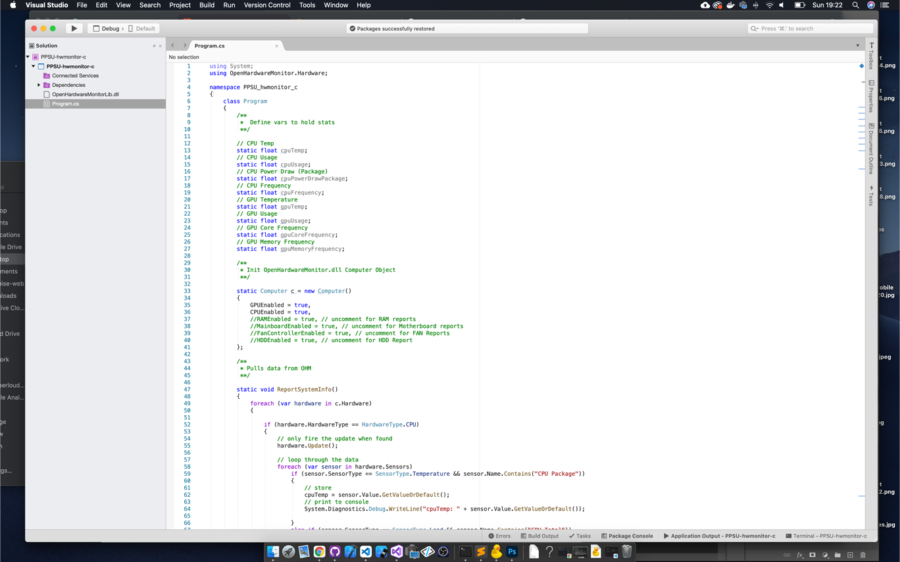

With the advent of Internet of Things (IoT) and commercialization of IoT products, inexpensive wireless sensors have also seen a large adaptation in residential buildings around the world.
OPEN SOURCE HARDWARE MONITOR SOFTWARE
In the past decade, an exponential rise in open-source hardware and software technologies have facilitated the development and implementation of low-power monitoring systems for numerous applications, enabling data monitoring and controls in a cost-effective and hyper-local manner. This results in unsatisfactory thermal comfort for occupants, inefficient usage of energy (especially during unoccupied periods), and a lack of zone-level anomaly detection for buildings and systems. However, these systems typically do not utilize real-time activity data within buildings to inform their control strategies, nor do they make that data easily available for analysis, particularly in smaller residential and commercial buildings for which building energy management systems are often prohibitively expensive. Visualizing basic environmental and energy use data is already available in many existing building energy management systems. Adding data monitoring and visualization layers to buildings can provide a glimpse into its energy use, thermal performance, daily operation, and maintenance requirements. Traditionally, these parameters are monitored by hardware and software that are expensive, proprietary, and often limited in terms of ease of use and flexibility. Understanding the complex relationships between occupant activity, air quality, energy usage, and occupant comfort levels in buildings requires monitoring many subsystems in addition to the perceived comfort of occupants. Low-power sensor nodes placed in abundance in a building can also provide precise and immediate fault-detection, allowing for tuning equipment for more efficient operation and faster maintenance during the lifetime of the building. Through these applications we demonstrate that the platform allows easy and virtually unlimited datalogging, monitoring, and analysis of real-time sensor data with low setup costs. Here, we demonstrate three distinct applications of the Elemental platform, including: (1) deployment in a research lab for long-term data collection and automated analysis, (2) use as a full-home energy and environmental monitoring solution, and (3) fault and anomaly detection and diagnostics of individual building systems at the zone-level.
OPEN SOURCE HARDWARE MONITOR HOW TO
It also includes multiple frontends to view and analyze building activity data, which can be used directly in building controls or to provide recommendations on how to increase operational efficiency or improve operating conditions. Among its many applications, the platform allows occupants to investigate anomalies in energy usage, environmental quality, and thermal performance via a comprehensive dashboard with rich querying capabilities. The platform is built around the idea of a private, secure, and open technology for the built environment. It combines: (i) custom printed circuit boards (PCBs) with RFM69 frequency shift keying (FSK) radio frequency (RF) transceivers for wireless sensors, control nodes, and USB gateway, (ii) a Raspberry Pi 3B with custom firmware acting as either a centralized or distributed backhaul, and (iii) a custom dockerized application for the backend called Brood that serves as the director software managing message brokering via Message Queuing Telemetry Transport (MQTT) protocol using VerneMQ, database storage using InfluxDB, and data visualization using Grafana.

This work demonstrates an open-source hardware and software platform for monitoring the performance of buildings, called Elemental, that is designed to provide data on indoor environmental quality, energy usage, HVAC operation, and other factors to its users.


 0 kommentar(er)
0 kommentar(er)
